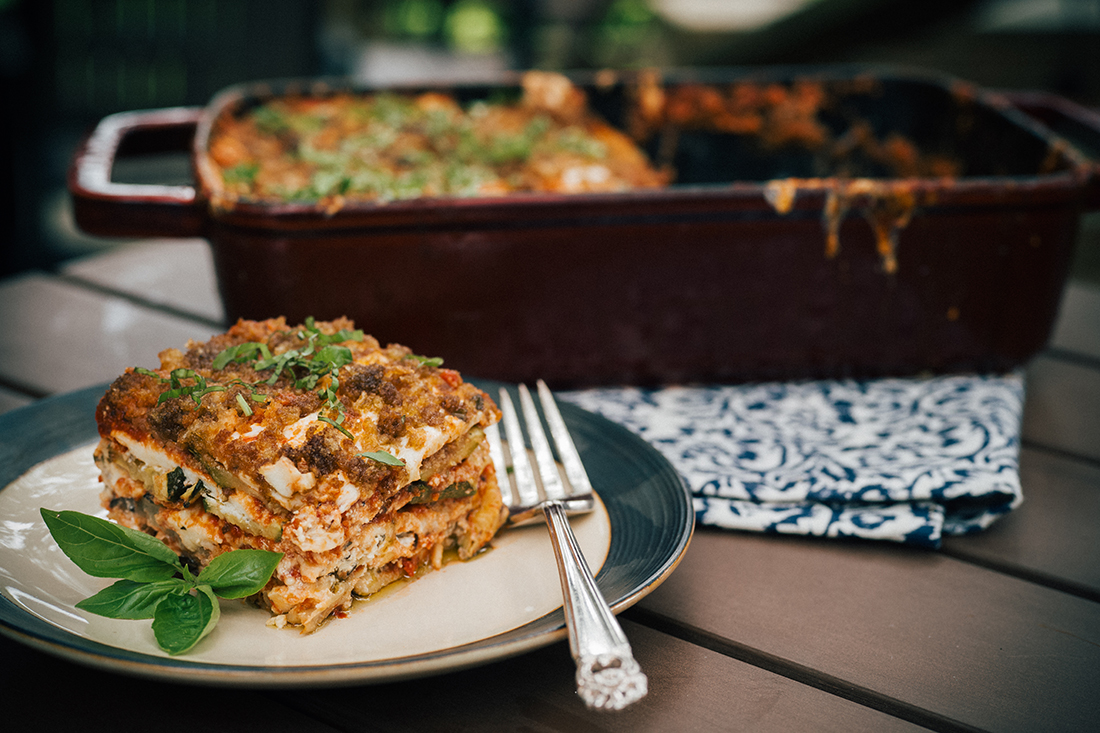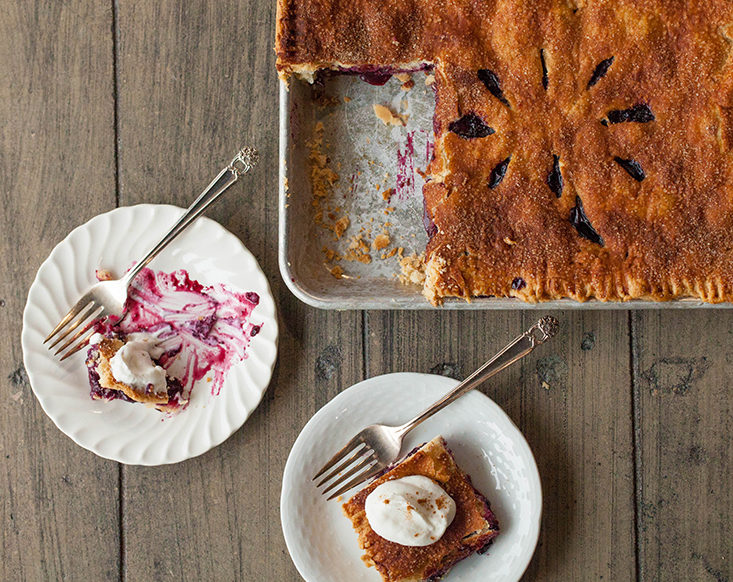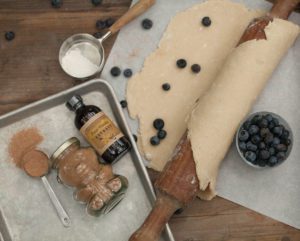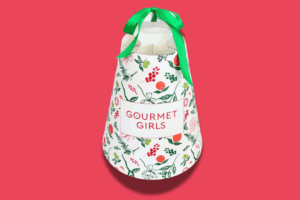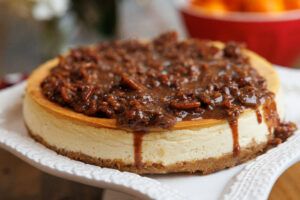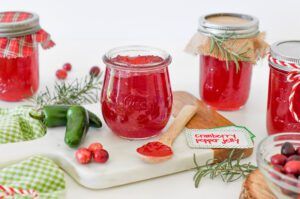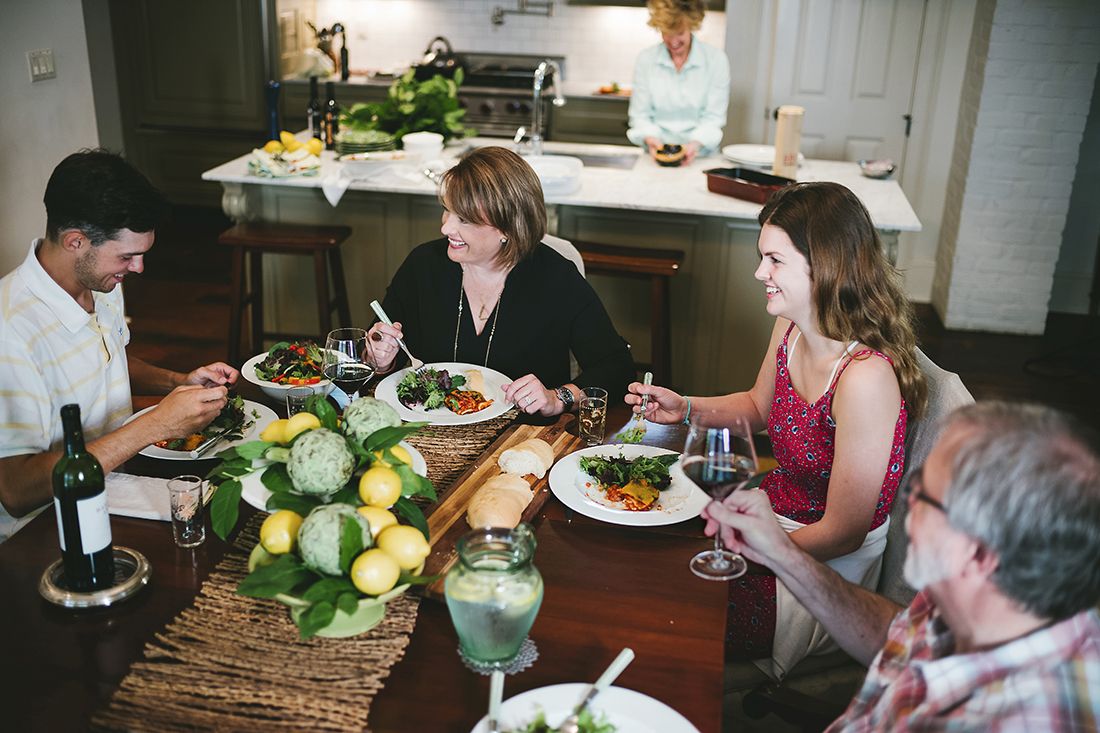
Gather for good: Making the case for cooking at home
My teenage daughter said, “This supper looks like a hot mess.” A failed attempt at grocery shopping had me rummaging for provisions.
Frozen chicken thighs were thawed, baked, pulled and slathered with a quick homemade barbecue sauce. There would be no sandwiches; we had no bread. The CSA box yielded corn on the cob, tomatoes, cucumbers and a cute little cabbage. The first went into the oven alongside the chicken, the latter into a salad. A three-ingredient slaw came together. A pot of polenta spurt lazy bubbles as it received gratings from the last of a Parmesan wedge. Mushrooms nearing the end of their reasonable life were sliced and sautéed in a bit of butter and Worcestershire to top the polenta.
“Corn AND polenta? Weird,” my son observed. We ate standing at the kitchen island, then slowly meandered to the table. Paper plates, coffee mugs, cereal bowls were put to use as vessels for the odd assortment of food. We took a Facetime call from my stepdaughter and family. We ate and passed the smartphone, telling awful jokes to preschoolers in an effort to induce belly laughs. My favorite phrase came to mind: Happy heart. What a beautiful mess.
Cook at home. Eat as a family. That’s the message, and the promise is that when you do, you are fending off obesity, diabetes, depression and early death. It sounds too simple, right? However, the case for cooking at home is strong. Food visionaries have written on the subject for years. It’s the stuff of books, articles, Time magazine covers and documentaries.
However, the reality is that we are not following this basic advice. According to a Washington Post study, less than 60% of American meals are consumed at home. That’s down from over 80% in the 1960s. A Harris Poll found that one in four Americans eat a fast-food meal every day, and the majority of families reported eating together once every five days.
This decline is odd, given the rise in messages about cooking. A click through your Facebook or Instagram feed is bound to deliver perfectly styled food images just waiting to go viral. I’ve been known to fall down the rabbit hole of Pinterest and its often-unachievable array of recipes. I’ve been mesmerized by cleverly edited YouTube cooking videos and binged on celebrity-driven, 24-hour food channels. With all this cooking instruction and inspiration a click and swipe away, why is it such a rare occurrence in our own homes?
The immediate answer is that we are busy. In many families, both parents work outside the home, and family dynamics in general have changed significantly over the last 50 years. However, experts are calling baloney on the “busy” excuse. Michael Pollan, the brains behind the Netflix documentary Cooked, calls us out this way: “Consider that, in the last decade, we’ve found two hours a day to be online outside of work. Where did we get THAT time? The day is still only 24 hours long. We always find time for the things we value—and we’ve come to devalue cooking.”
Excuses aside, the case for cooking at home has more layers than phyllo dough. Multiple studies have shown higher obesity rates in children who don’t sit down to meals with their family. One study found that teenagers who do not eat with their parents are more likely to be truant. Children who do eat meals with their family have less trouble with drugs and alcohol. Stats like these bring to mind a viral post of an elementary-school teacher’s note to parents about her no-homework policy. She instructed: Eat dinner as a family, play outside, read together.
Need more evidence? Consider the “Blue Zones.” These five regions, located on various parts of the globe, are unique pockets with more centenarians than any other places in the world. These communities live long, healthy, happy lives, and each zone shares nine common traits. Many of those shared traits revolve around healthy habits like nutrition and exercise, but four involve simply gathering with friends and family.
There is power in a shared meal. I wholeheartedly believe this. In the cooking classes at my store, Red Stick Spice Company, I teach basic techniques that anyone can master. My goal is to make cooking approachable so each person is compelled to do it more often. Each class ends with everyone sitting together to enjoy the fruits of their labor. In my opinion, it’s the most important aspect of the class. That’s where the true essence of why we cook comes forth—in the smiles and laughter. Learning to cook is important. Sharing it with friends and family is what’s most important. Forget perfection. Just cook, eat, talk, repeat. Gather for good.
ROASTED SUMMER VEGETABLE LASAGNA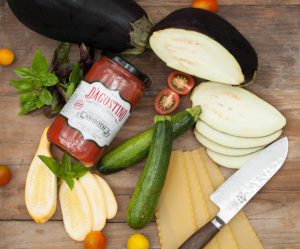
Enjoying a late-summer bounty of eggplant? (Some might call it eggplant fatigue.) Put those aubergines to good use in this gorgeous lasagna. If you have time, bake it, refrigerate it and reheat the next day. When you do, it slices beautifully.




